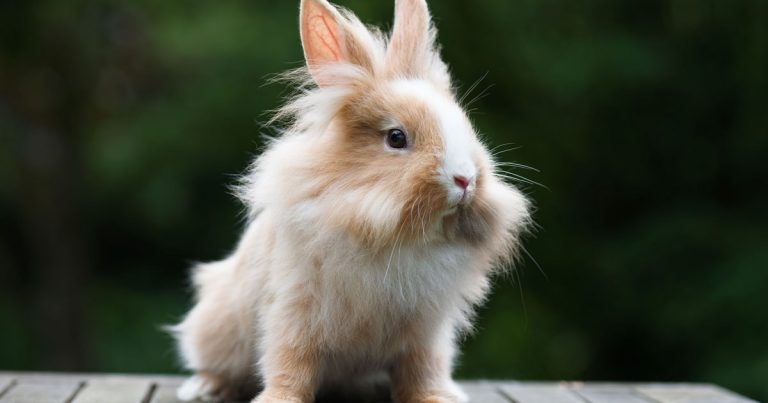23 Sept 2022
Study by RVC reveals lionheads, mini lops, lops and dwarf lop rabbits most at risk of dacryocystitis.

Image © Oksana Schmidt / Adobe Stock
Rabbit breeds at most risk of developing dacryocystitis have been revealed in a study by the RVC.
Lionheads, mini lops, lops and dwarf lop rabbits are the most susceptible breeds to the inflammatory condition of the tear ducts.
The research – a retrospective study released to mark International Rabbit Day tomorrow (24 September) – also covered the prevalence of the subsequent medical conditions associated with dacryocystitis, which can include dental, respiratory, aural and ocular problems.
A team of Joanna Hedley, senior lecturer in exotic species and small mammal medicine and surgery; Victoria Ede, RVC graduate; and Charlotte Dawson, senior lecturer in veterinary ophthalmology, conducted a retrospective review of medical records from all rabbit cases evaluated at a single first opinion/referral UK exotics clinic between 2015-18.
Their work included analysing data from 821 rabbits that recorded their most recent weight, sex, neuter status, breed and presence of lop ears.
On analysis, the team found 6.7% of the rabbits had dacryocystitis, and of these, dental disease was found in 45%, respiratory disease in 38%, concurrent ocular disorders in 23% and aural disease in 13%.
The study also revealed sex/neuter and breed status were the two most significant risk factors in developing dacryocystitis, with male neutered rabbits and lionheads, mini lops, lops and dwarf lop rabbits among the groups found most likely to have the condition.
The breeds are often brachycephalic, suggesting the field requires further research into the relationship between sex, breed and condition.
Dr Hedley said: “This research has been crucial in helping us conclude that a breed predisposition for dacryocystitis may exist – particularly for the popular lionhead and dwarf lop rabbits.
“We hope that these findings can now help us better understand how to prevent and manage this condition, so that vets can advise owners accordingly.”